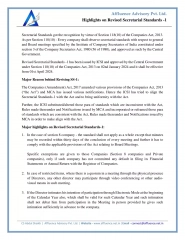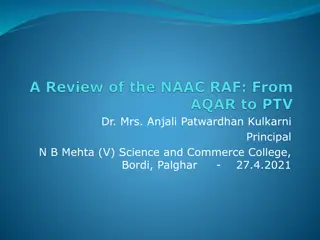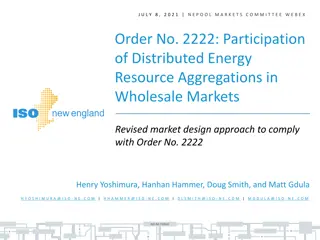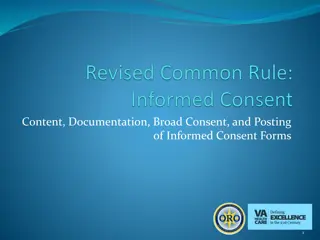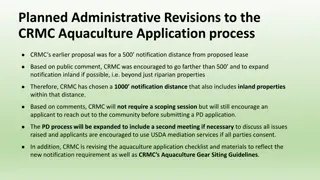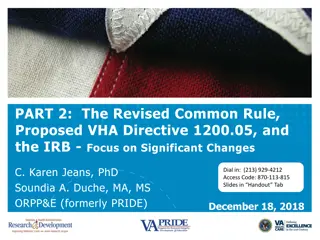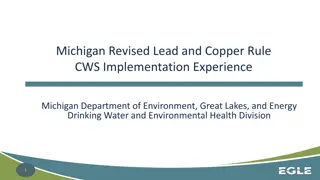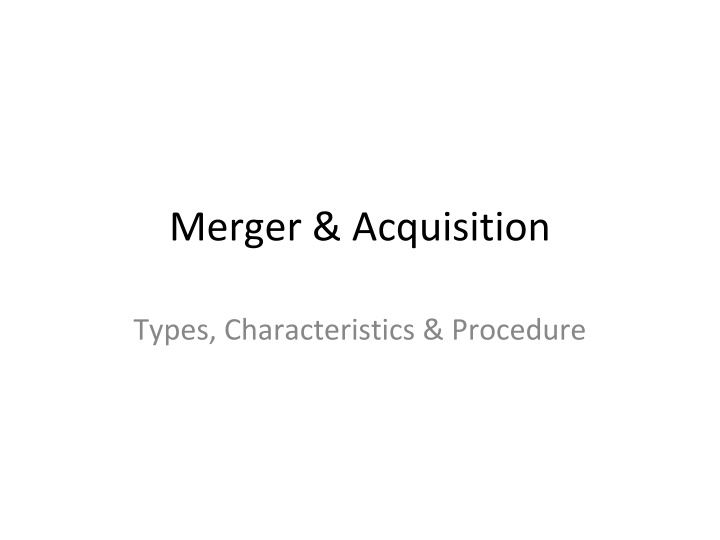
Merger and Acquisition Types, Characteristics, and Procedures
Learn about the various types of mergers and acquisitions, the characteristics that define them, and the detailed procedures involved in these strategic business actions. Explore horizontal mergers, vertical mergers, congeneric mergers, conglomerate mergers, and more to enhance your knowledge in this area.
Uploaded on | 2 Views
Download Presentation

Please find below an Image/Link to download the presentation.
The content on the website is provided AS IS for your information and personal use only. It may not be sold, licensed, or shared on other websites without obtaining consent from the author. If you encounter any issues during the download, it is possible that the publisher has removed the file from their server.
You are allowed to download the files provided on this website for personal or commercial use, subject to the condition that they are used lawfully. All files are the property of their respective owners.
The content on the website is provided AS IS for your information and personal use only. It may not be sold, licensed, or shared on other websites without obtaining consent from the author.
E N D
Presentation Transcript
Merger & Acquisition Types, Characteristics & Procedure
Merger A merger is a combination of two companies into one larger company. This action involves stock swap or cash payment to the target. A + B = A, where company B is merged into company A (Absorption) A + B = C, where C is an entirely new company (Amalgamation or Consolidation)
Acquisition It could be acquisition of control, leading to takeover of a company. It could be acquisition of tangible assets, intangible assets, rights and other kinds of obligations An acquisition, also known as a takeover, is the buying of one company (the target) by another. An acquisition can be friendly or hostile In a friendly takeover, the companies proceed through negotiations In a hostile takeover, the takeover target is unwilling to be bought, or the target s board has no prior knowledge of the offer
Types of Merger Horizontal Merger Horizontal mergers take place when two merging companies produce similar products in the same industry For example, in 1994, two defense firms, Northrop and Grumman, combined in a $12.7 billion merger Vertical Merger A vertical merger refers to a firm acquiring a supplier or distributor of one or more of its goods or services These are combinations of companies that have a buyer-seller relationship Example-Mega Merger-RIL RPL Merger Vertical mergers take place between firms in different stages of production operation
Congeneric & Conglomerate Merger Congeneric merger These types of mergers occur when two merging firms are in the same general industry, but have no mutual buyer/customer or supplier relationship Example :TV manufacturer and a cable company. Conglomerate Merger This merger occurs when the companies are in different industry sectors Philip Morris, a tobacco company, acquired General Foods in 1985 for $5.6 billion
Types of Conglomerate Mergers Product Extension Mergers Mergers between firms in related business activities and may also be called concentric mergers Market Extension Mergers Involves two firms whose operations are conducted in non-overlapping geographic areas Pure Conglomerate Mergers Involve firms in unrelated business activities and hence do not involve carry over of industry specific managerial capabilities
Financial Synergy and Conglomerate Merger A pure conglomerate merger occurs when a firm in an industry with low demand growth relative to the economy acquires a firm operating in an industry with high expected demand growth The motive of the merger is financial synergy in the context of capturing investment opportunities available in the acquired firm s industry by lowering the cost of capital of the combined firm utilizing the acquiring firm s internal funds available at lower cost
Reverse Merger In a reverse merger, a private company may go public by merging with an already public company that is often inactive Example: The $229 million Ariel Corporation and Mayan Network Corp. merger in March 2001 Holding Company An acquiring company becomes a holding company when it chooses to purchase only a portion of the target s stock If an acquirer buys 100% of the target, the company is known as a wholly owned subsidiary
Synergies in Merger Cost based Synergy Focuses on reducing incurred costs by combining similar assets in the merged businesses Cost synergy can typically achieve economies of scale, particularly for sales and marketing, administrative, operating, and/or research and development costs Revenue based synergy Focuses on enhancing capabilities and revenues and combining complementary competencies
Sources of Financial Synergy The resultant feature of corporate merger or acquisition on the cost of capital of the combined or acquiring firm is called financial synergy It is the result of the lower cost of internal financing as compared to external financing A combination of firms, with different cash flow positions and investment scenarios may produce the synergic effect and achieve lower cost of capital
Value creation in Horizontal Mergers Revenue Enhancement Cost Savings New Growth Opportunities
Value creation in Vertical Mergers Results in Lower transaction costs Indirect Price Discrimination Revenue Enhancement Value creation in Conglomerate Mergers Specific risk reduction which lowers the cost of capital
Merger and Acquisition Process: The Procedure of Merger Companies Act 2013 provides fast-track Merger and Acquisition process. The procedure is as under: Both the transferor and transferee shall convene the Board meeting separately and pass the following resolutions: Approving the scheme. Fixing date, time and place for Shareholders Meeting. Fixing date, time and place for Creditors Meeting.
2. After holding the Board Meeting both the Transferor Company and the transferee company shall publish the notice of the proposed scheme to invite any objections or suggestions regarding the same. The copy of the notice shall be sent to the Registrar of Companies and the Official Liquidator. 3. Before convening the meeting of members and creditors, both the transferor and transferee company shall file, with the ROC of their state where their registered office has situated, a declaration of solvency.
4. A notice of a meeting of members should be given at least 21 clear days before the meeting by both the transferor and the transferee company. The notice of the meeting shall contain the following: Details of compromise and arrangement. Declaration of insolvency. Copy of scheme. The objections received shall be considered and discussed at the general meeting and will be approved by the members of both the companies.
5. After convening the meeting of members a notice of creditors shall be given at least 21 clear days before the meeting by both the transferor and transferee company. The scheme of the merger to be executed has to be approved by the creditors representing 9/10thin value. 6. The transferee company shall within seven days of the conclusion of the meeting of members file a result of a meeting of members with the Regional Companies and Official Liquidator. Director, Registrar of
7. After the scheme is filed and the Registrar and the Official Liquidator does not have any objections the Regional Director shall register the same and will give a confirmation regarding the same. If there is some kind of objection to the Registrar or Official Liquidator they shall communicate the same to the Regional Director within the period of 30 days. After the RD receives the objection by the Liquidator or Registrar and is of the opinion that the scheme is not in public interest or in the interest of creditors he shall within the period of 60days communicate the same to the tribunal and request to consider the same. If the Tribunal is of the opinion that the scheme is appropriate it shall pass the order that the procedure given in Section 232 shall be followed. The order of the tribunal should be given in writing.
8. If the scheme is approved by the Regional Director then both the transferor and the transferee company shall within the period of 30 days from the date of confirmation of the scheme file the confirmation order with the ROC where the registered office of the transferee Company is situated he shall register the same and give a confirmation letter regarding the same that confirmation letter is filed with the ROC of the Transferor Company.



